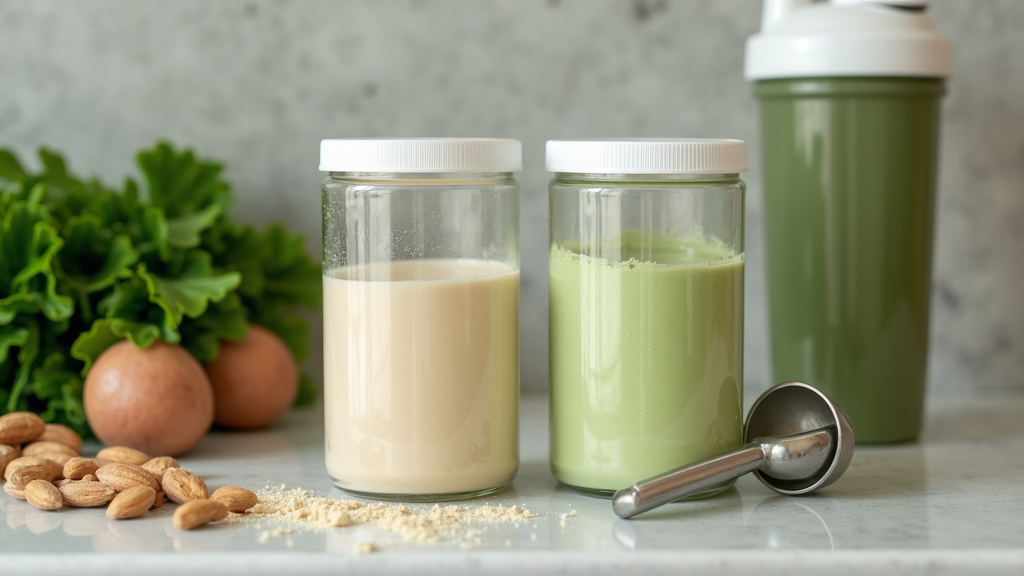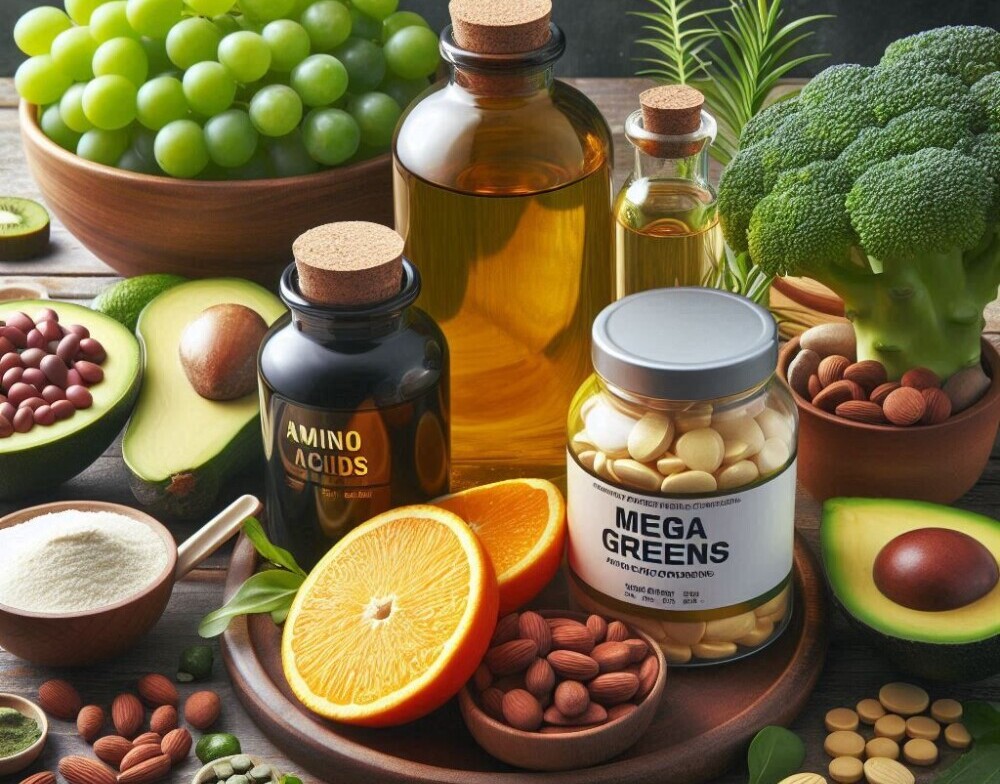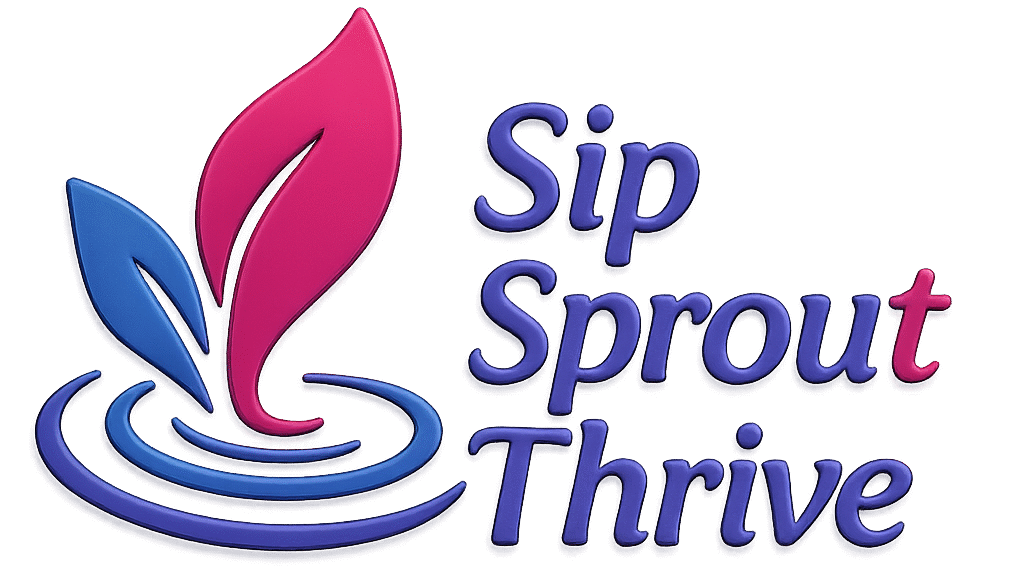Choosing the right protein powder and knowing where greens powders fit in has gotten much more complicated compared to a few years ago. Some are vegan, while others are not, and then there’s mega-greens powder with its unique set of perks. If you’ve browsed a health shop recently, you’ll see there are lots of options waiting to trip up anyone who isn’t a fitness expert. I’m here to spell out the basics of both protein and greens powders—laying out what’s good, what’s less ideal, and how you can safely mix or use them daily, even if you follow a plant-based lifestyle.

What Are Protein Powders and Mega-green Powders?
Protein powders are blends made to quickly boost your daily protein intake. The most popular varieties include whey, casein, soy, pea, rice, and hemp. Some are purely plant-based (vegan), while others use animal derived ingredients (nonvegan). These powders come in handy for building muscle, boosting workout recovery, and serving as on-the-go meal replacements when you’re rushing around in the morning.
Meanwhile, a mega-green powder typically pulls together dehydrated veggies, fruits, superfoods, digestive enzymes, and sometimes probiotics. The big idea here is to help people reach daily vitamin, mineral, and antioxidant needs—especially when eating enough greens is tough. Most greens powders are vegan, but always check the label if this matters to you.
Main Differences: Vegan vs Non-Vegan Protein Powders
Vegan protein powders source their protein from plants like peas, rice, hemp, chia, or combinations. There’s no animal product included, making these a favorite for those with dairy allergies or anyone on a vegan or vegetarian diet. Nonvegan powders typically feature whey (from milk), casein, or egg white proteins.
- Digestibility: Vegan choices are gentler if you’re lactose intolerant.
- Amino Acids: Animal-based powders have a full amino acid profile without extra mixing, while plant-based versions usually blend several plant sources to achieve the same profile.
- Flavor & Texture: Animal-based powders like whey mix up smoother, while some plant-based types may turn out gritty or earthy.
So it’s mostly about the protein source, how it mixes up, and what fits best with your own diet.
Mixing Protein Powder and Mega-green Powder: Is It Safe?
You can safely mix greens powder with protein powder and create an all-in-one super shake. Combining greens powder with a scoop of protein in your smoothie gets you a good blend of vitamins and protein at once. I like blending them with almond milk, frozen banana, and sometimes a bit of peanut butter for a snack after working out.
The main thing is taste. Some greens powders have a powerful earthy or grassy taste—using a flavored protein powder can dial this down. Chocolate or vanilla protein often works well with milder greens powders for the best taste and smoother drinking experience.
Foods and Drinks: What Not to Mix With Protein Powder
It might be tempting to throw any ingredient into your blender, but a few things just don’t mix well with protein powders. Don’t add these to your shake:
- Really hot liquids: Most protein powders will clump up and not dissolve well in heat.
- Alcohol: Protein powder doesn’t mix well with alcohol, as this can disrupt digestion and absorption.
- High-acid juices (like pineapple or orange): Some proteins will get strange or curdle in acidic drinks. Plant-based proteins often handle acid better, but test your combo first.
- Too much fiber: Overloading your shake with raw fiber (tons of kale or bran) can slow digestion, making protein harder to absorb and possibly causing stomach trouble.
Daily Use: Is Greens Powder Safe Every Day?
Most people can safely use greens powder every day, as long as a product doesn’t push one nutrient too high—nutrients like iron or Vitamin A can cause problems if you get too much. Always scan nutrition labels and follow the serving advice. Keep in mind that greens powder is a supplement, not a substitute for actual veggies. Real, whole fruits and veggies are crucial for unique nutrients and fiber missing from many powders.
If you take prescription medication or have medical conditions (such as blood thinners or kidney problems), check with your doctor first. Some mega-greens can interact with medications and certain health issues.

What Makes Protein Powder Non-Vegan?
Nonvegan protein powders use animal-sourced ingredients. The most common example is whey protein, made as a byproduct of cheese from cow’s milk. Casein and egg white proteins are also animal based. Sometimes, added flavors or sweeteners (like honey powder or specific “natural flavors”) make a powder nonvegan. Always scan the ingredients or look for a vegan certification seal on the label to check at a glance.
Vegan Protein Powders for Weight Loss: Do They Work?
You can lose weight using vegan protein powders if they’re part of a calorie-controlled, balanced diet; there’s nothing magic, but these powders help you stay fuller longer and maintain muscle as you eat fewer calories. Plant-based protein powders that include added fiber (chia or flax) keep you satisfied longer.
Try swapping out a calorie-heavy breakfast with a vegan protein shake mixed with greens powder for easy calorie savings. Just remember, success needs healthy habits and being active, not just the powder alone.
The Healthiest Protein Powder for Vegetarians
Vegetarians have the option to use dairy-based whey protein or plant-based choices like pea, soy, or hemp. The healthiest picks usually skip artificial flavors, have low added sugar or sodium, and use clean ingredients. Many like organic or non-GMO pea protein, or combinations with other plant sources, since they tend to digest well and pack strong nutrition. Always check labels for excess sugars, sodium, or odd fillers, since even “healthy” items can sneak these in.
The Safest Protein Powders: What To Look For
When it comes to safety, focus on reputation and quality sourcing. Here’s your go-to checklist:
- Third-party testing: Look for seals like NSF Certified for Sport or Informed Choice.
- No banned substances: If you compete, check for athlete-focused certification so nothing questionable sneaks in.
- No heavy metals: Cheap plant-based brands sometimes have higher contaminants, so pick brands that post their testing info or have transparent labels.
- Clear nutrition: Steer clear of proprietary blends—always know what’s inside and how much of each ingredient you’re getting.
I always check review sites like Labdoor or ConsumerLab for trusted third-party analysis before trying something new.
Protein Powder vs Vegan Protein Powder: What Sets Them Apart?
The main difference is where the protein comes from. Vegan protein uses plants only and often has to blend sources (like mixing pea and rice) to offer all essential amino acids. Mainstream protein powders often use animal sources like whey, which naturally includes all aminos and tends to mix smoother. Plant-based options are usually free from allergens like dairy. If lactose or dairy is a concern, vegan is usually the best fit.
Common Downsides of Vegan Protein Powder
Some people notice a gritty or chalky texture, especially with single-source powders using only things like hemp or brown rice. These versions may not taste great if you just shake them up with water. Often the serving size will have slightly less protein per scoop versus whey powders.
Sometimes, added extras for taste or nutrition bump up sugar or sodium—so check your labels. People allergic to peas, soy, or seeds also have fewer picks, so allergen-friendly blends matter a lot here.
Common Questions About Mixing and Using Protein & Greens Powders
Can you mix protein powder with athletic greens or other mega-greens?
Yes, most mega-greens, including products like Athletic Greens, can safely be mixed right into your usual protein shake. This keeps nutrition simple and quick. Not every flavor will blend perfectly, so experiment to find combos you really like.
Is it okay to use these powders every day?
Protein and greens powders are generally safe daily for most people, as long as you stick to label directions and balance them with whole foods. Those on medication or managing medical conditions should chat with a healthcare pro first.
Can these powders totally replace real meals?
No powder can serve as a substitute for real meals long-term. They miss out on special nutrients, healthy fats, and fiber you can only get from whole foods.
Are there things you shouldn’t mix with protein powder?
Skip very hot drinks, alcohol, and highly acidic juices. The best shakes keep things simple, gentle, and tasty for your gut.
Finding your way through the world of protein and greens powders gets much smoother once you know the basics. Crafting your routine with clean protein and mega-green powder, while paying attention to your needs, can really help you move closer to your wellness goals with less confusion along the way.
